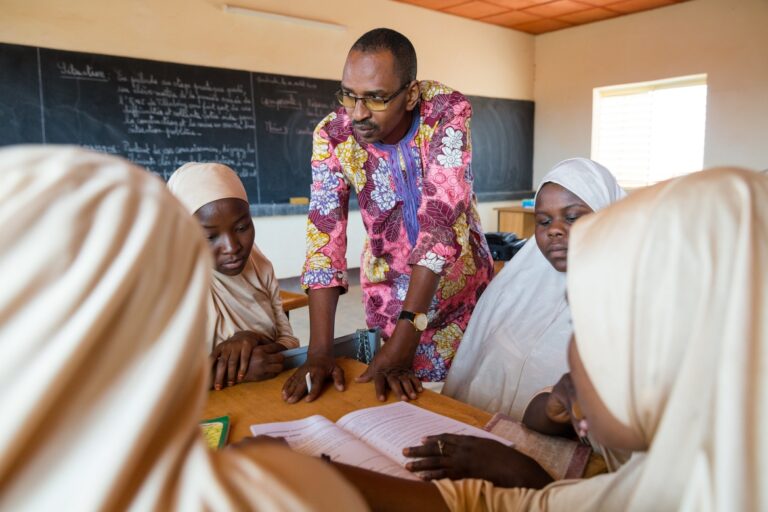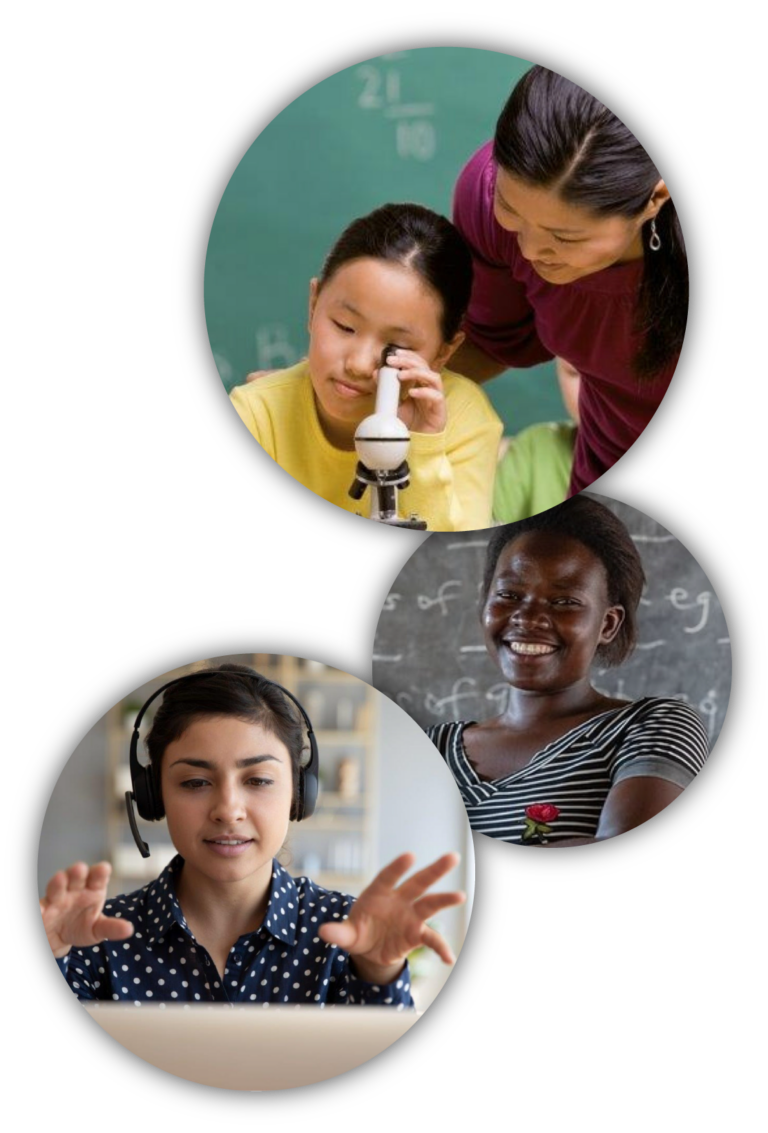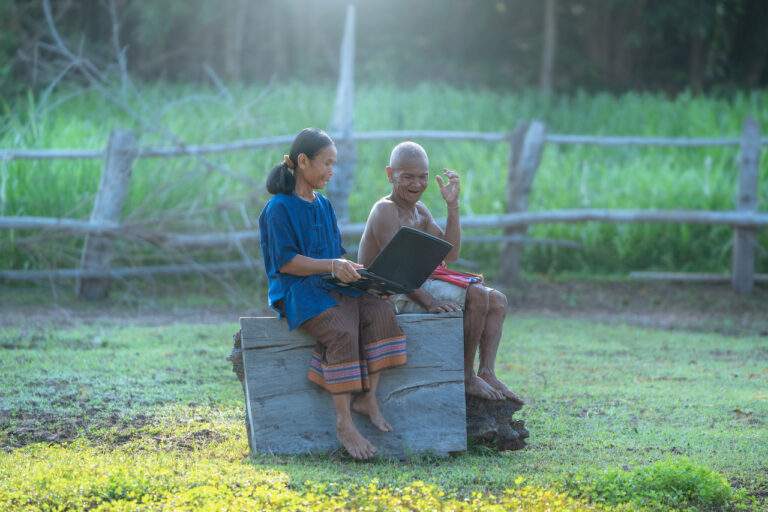In a recent paper,1 Leading for Equity: Opportunities for State Chiefs, the Council of Chief State
Schools Officers (CCSSO) stated, “Educational equity means that every student has access to
the educational resources and rigor they need at the right moment in their education across
race, gender, ethnicity, language, disability, sexual orientation, family background, and/or family
income.” The paper details 10 commitments state chiefs can explore to ensure equity is at the
center of their work, and the Innovation Lab Network (ILN), an initiative within CCSSO, set out
over the course of the past 18 months to detail how personalized, student-centered approaches
to learning can support state chiefs’ visions of equity.
This document is intended for state agencies to use as they adopt and refine policies and
practices to ensure access to personalized learning for students who are historically underserved
— English Learners, students with disabilities, students of color, students living in poverty, and
students impacted by trauma. The goal of this policy brief is to offer actionable suggestions from
research, input from practitioners, and case studies of promising practices at the intersection of
equity and personalized learning.
Every student deserves access to educational opportunities and experiences that support
them in reaching their full potential, and state and local education agencies have an important
role to play in driving toward equity. In many places across the country, educators and leaders
have begun engaging in the challenging work of reviewing and shifting policy and practice in
alignment with the goal of educational equity.
Implementing personalized learning is one of the ways in which practitioners and leaders in
the field have tried to address issues of educational equity. Personalized learning environments
are designed to give students greater ownership of their learning and aim to tailor instruction
according to individual learner readiness, strengths, needs, and interests. Components of
personalized learning environments may include learner-driven content and pace of instruction,
project-based learning, individualized learning plans, competency-based progression, blended
learning, performance-based assessments, and student portfolios of work, to name a few
examples. This approach to teaching and learning has a great deal of potential to address
inequities in students’ experiences, opportunities, and outcomes, while also ensuring that
students graduate with the college and career readiness knowledge, skills, and dispositions that
they need to thrive in life beyond high school.
Connect with us :



